In recent times, the naturalization of foreign players has gradually become a trend in Southeast Asia. It is undeniable that the naturalization of foreign players brings immediate professional results. The two most obvious examples in recent times can be seen clearly in Indonesia and Malaysia. The national teams of these two countries have made significant progress by using players of European and African origin.
Players with superior physique, fitness and experience compared to the regional average have brought about remarkable achievements, most recently the 4-0 victory of the Malaysian team over the Vietnamese team in the 2027 Asian Cup qualifiers, ending Malaysia's 11-year winless streak against Vietnam.
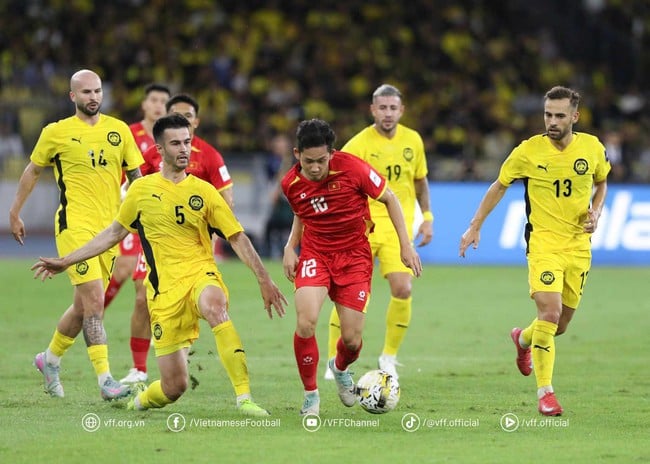
In the match against Vietnam, Malaysia used 9 naturalized players in the squad, showing that Southeast Asian countries are following the trend of naturalization.
However, over-reliance on naturalized players also poses significant risks. Most notably, it affects the development opportunities of domestic players. The appearance of naturalized players will certainly affect domestic players, especially the young generation, by causing the development process to be interrupted or stagnant.
In addition, using foreign players also has certain risks in terms of motivation and fighting spirit. Not all naturalized players have a real attachment and dedication to the national flag. Some cases of naturalization are only for professional goals, not for national aspirations.
For Vietnam, according to recent assessments, the source of quality overseas Vietnamese players capable of playing for the Vietnam National Team is relatively limited. Some names such as Nguyen Filip, Dang Van Lam, Patrik Le Giang or Pendant Quang Vinh have returned to play in the country, but most of the remaining overseas Vietnamese players play in mid-level or youth leagues in Europe. Compared to naturalized players from Serie A, La Liga or the Dutch National Championship of Malaysia and Indonesia, the overseas Vietnamese force is clearly inferior in terms of class.

Instead of following the trend of naturalization, perhaps Vietnam needs to upgrade its youth football development strategy, not just stopping at domestic training but also a more systematic system.
Similarly, the naturalization of foreign players in the V-League also faces major obstacles. Most of the foreign players eligible for naturalization are already old, such as Hendrio (32 years old), Rimario, Gustavo Santos or Geovane Magno, and have never played in top leagues. Therefore, the expectation of using this force to improve the national team is unrealistic if placed in a long-term strategy.
Looking at countries around the world , there are many examples of successful training and use of domestic players. Japan once experimented with naturalization and looking for Japanese people, but from 2002 onwards, they have been steadfast in the direction of training domestic players and building the J-League. Now, they can create two national teams with players playing in Europe.
Or like Uzbekistan, after many years as the "king of youth tournaments", now reaping the rewards with a ticket to the 2026 World Cup. Qatar, after failing at the 2022 World Cup, also shifted its investment back to the internal training system.
Meanwhile, China is a typical example of failure when abusing naturalization. Despite spending millions of dollars to naturalize South American and African players, the Chinese team still could not qualify for the 2022 World Cup and fell into a crisis of confidence within the team and among fans. Domestic players were forgotten, naturalized players lacked commitment, leading to a negative long-term consequence. Similarly, the UAE and Bahrain also naturalized massively but then had to adjust their policies when they did not achieve the desired results.
Returning to Vietnam, we have produced a team of quality domestic players and created miracles such as the runner-up of the 2018 U23 Asian Cup, the fourth place of the 2018 ASIAD and reaching the final qualifying round of the 2022 World Cup in Asia. Those achievements were all built on the foundation of well-trained players, from young to old, not depending on foreign players.
Instead of following the trend of naturalization, perhaps Vietnam needs to upgrade its youth football development strategy, not only stopping at domestic training but also a more systematic system. In particular, focusing on increasing international exposure, sending young players abroad to compete, creating conditions to compete in the V-League and international youth tournaments. At the same time, exploiting the potential of overseas Vietnamese, searching, attracting and supporting young overseas Vietnamese players to participate in the national training and competition system, instead of just waiting for foreign players to be naturalized.
Naturalizing foreign players can bring short-term effectiveness and is only suitable for solving the situation, it cannot replace a long-term strategy with internal strength. Vietnamese football has had and is having a remarkable youth training foundation. Only when building a comprehensive youth training ecosystem, associated with a clear identity and strategy, can Vietnamese football reach out to the continent in a sustainable and autonomous way.
Source: https://bvhttdl.gov.vn/phat-trien-cau-thu-tre-con-duong-ben-vung-cho-bong-da-viet-nam-20250614215134503.htm












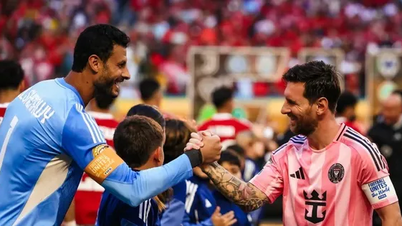

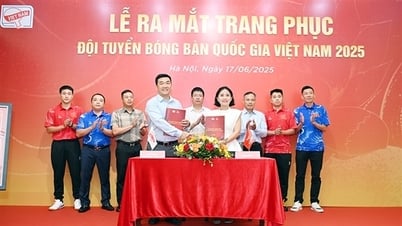










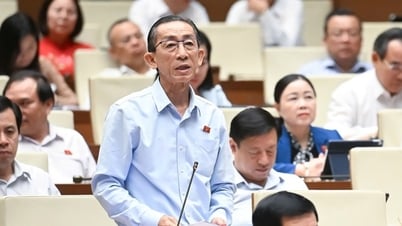

























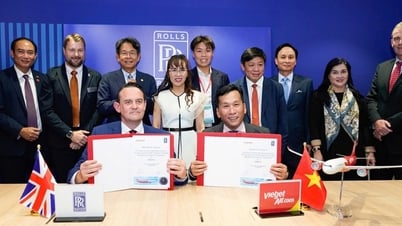

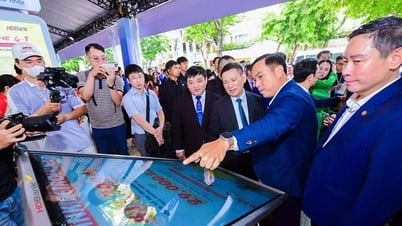









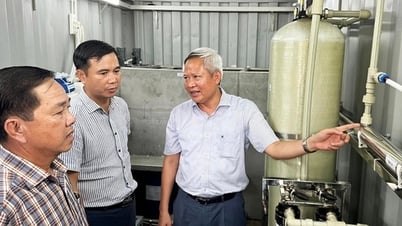



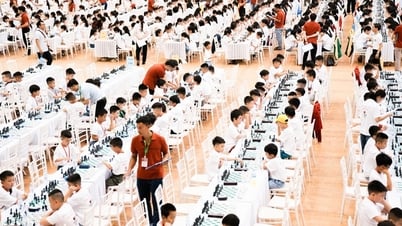




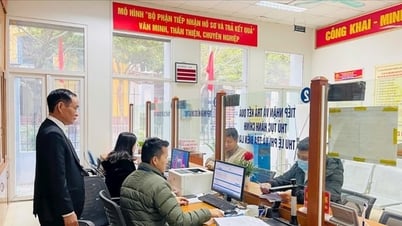



















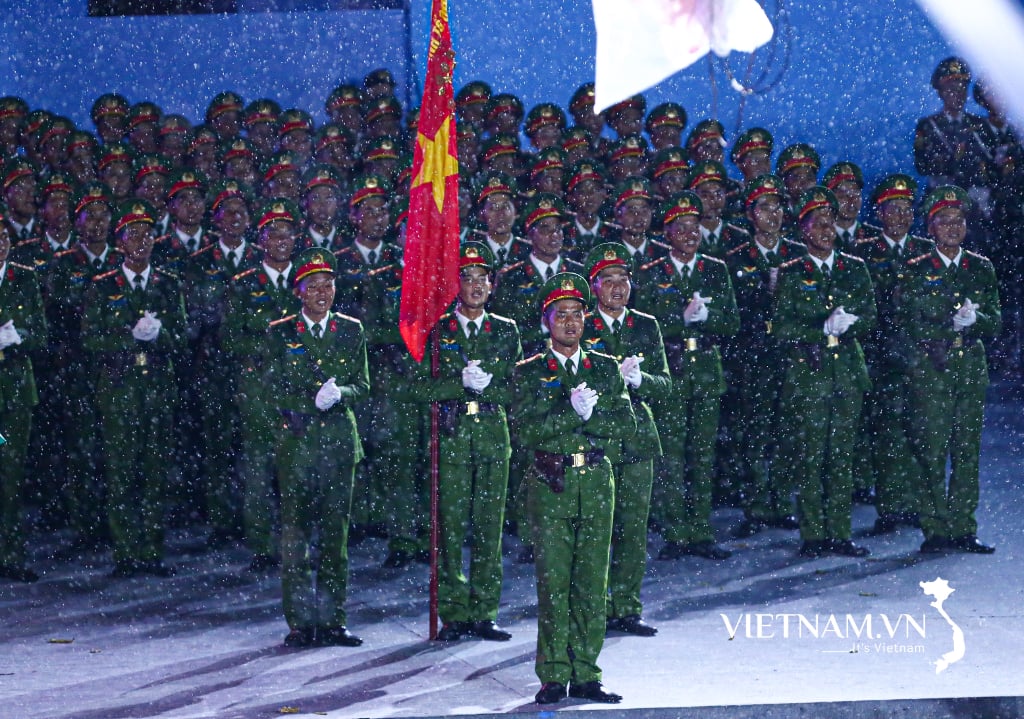


Comment (0)